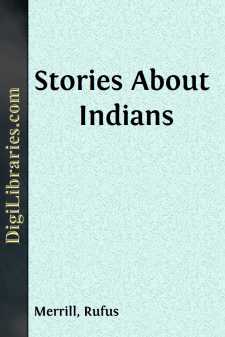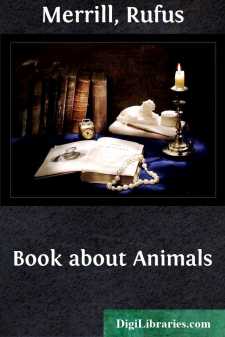Categories
- Antiques & Collectibles 13
- Architecture 36
- Art 48
- Bibles 22
- Biography & Autobiography 813
- Body, Mind & Spirit 142
- Business & Economics 28
- Children's Books 17
- Children's Fiction 14
- Computers 4
- Cooking 94
- Crafts & Hobbies 4
- Drama 346
- Education 46
- Family & Relationships 57
- Fiction 11829
- Games 19
- Gardening 17
- Health & Fitness 34
- History 1377
- House & Home 1
- Humor 147
- Juvenile Fiction 1873
- Juvenile Nonfiction 202
- Language Arts & Disciplines 88
- Law 16
- Literary Collections 686
- Literary Criticism 179
- Mathematics 13
- Medical 41
- Music 40
- Nature 179
- Non-Classifiable 1768
- Performing Arts 7
- Periodicals 1453
- Philosophy 64
- Photography 2
- Poetry 896
- Political Science 203
- Psychology 42
- Reference 154
- Religion 513
- Science 126
- Self-Help 84
- Social Science 81
- Sports & Recreation 34
- Study Aids 3
- Technology & Engineering 59
- Transportation 23
- Travel 463
- True Crime 29
Rufus Merrill
Rufus Merrill was a 19th-century American publisher and writer known for producing small, affordable children's books. He operated out of Concord, New Hampshire, and published a variety of educational and moral stories aimed at young readers. Some of his notable works include "A Visit to the Zoological Gardens" and "The Child’s Toy Book." Merrill's books were often illustrated and designed to be accessible to families with limited means, contributing to the growth of children's literature during his time.
Author's Books:
Sort by:
by:
Rufus Merrill
The Indians were formerly lords of the soil we now occupy, and obtained a subsistence principally by hunting and fishing. They generally lived in villages, containing from fifty to five hundred families. Their houses, called wigwams, were usually constructed of poles, one end being driven into the ground, and the other bent over so as to meet another fastened in like manner; both being joined together...
more...
by:
Rufus Merrill
ABOUT ANIMALS.THE ELEPHANTIs the biggest of all land animals. He is more than five times as big as an ox. But he is a harmless creature, for all that. When he is wild, and lives in the woods, he will run away, if you attempt to go near him. When he is tame, he will take a piece of cake out of your pocket, and let you ride upon his back.THE OURANG OUTANGThe Ourang Outang is a species of the ape; it has...
more...



